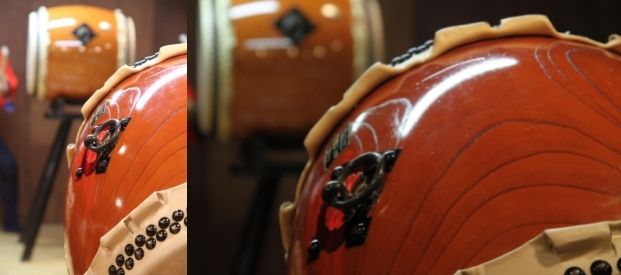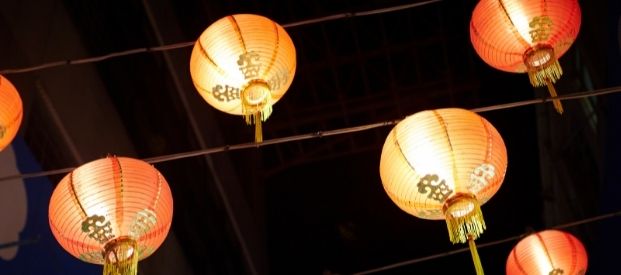The Obon Festival – Dancing, Drumming and Lantern Light in Japan
The Obon Festival, also known as Bon, is a Japanese Buddhist tradition honouring the spirits of the dead. It is a happy celebration: a time for families to get together and to welcome their ancestors’ spirits into their homes. Families visit the cemeteries to tidy the graves of their relatives and sometimes walk back from the grave to the house, leading their ancestor home by lantern-light. Cemeteries and temples glow with the soft light of candles, while cities, towns and villages resound with singing and drumming to the rhythm of the traditional Bon Odori dances. On the last day of Bon, the ancestors must depart. To guide them on their way, thousands of paper and wooden lanterns are floated on rivers, lighting the path back to the world of the dead.
Bon has been celebrated for 500 years. According to legend it originated when a priest named Mokuren Sonja was meditating about his deceased mother. Helped by his supernatural powers, he discovered, to his dismay, that she was being tormented by hungry ghosts. He asked Sâkyamuni Buddha what he could do to help her and the Buddha advised him to make an offering to his fellow priests. When he did this, his mother was freed from the ghosts and Mokuren Sonja was so happy that he danced with joy.
Dancing the Bon Odori
Today the traditional dance, the Bon Odori, is an essential part of the festival, accompanied by traditional songs which vary from region to region. Crowds gather around a specially-erected stage, or yagura, on which frenetic drummers provide the rhythm while dancers process around the stage in a never-ending circle, performing the traditional movements in unison. Onlookers join the dance, surrounding the stage in an enormous circle and following the moves of the dancers above them. There are several different Bon dances and some of these reflect a particular district: for example a dance from a coal mining area might include movements to symbolise pushing carts or digging coal.
The traditional dress for this summer festival is a cool cotton garment called the yakata. It is the costume of the dancers, but is also worn by many other participants. Visitors can even hire a one for the event. The yakata is a simple gown, secured with a wide sash wrapped several times around the waist and tied at the back with an elaborate bow. For men the sash is tied around the hips rather than the waist. Wooden sandals are worn on the feet.

Lunar or Gregorian calendar?
Bon always takes place in summer but it occurs on different dates in three different parts of Japan. Traditionally Old Bon is held on the fifteenth day of the seventh month in the lunar calendar, meaning it occurs any time between 8th August and 7th September. This is still upheld in some parts of the country.
However, when the lunar calendar changed to the Gregorian calendar, people in eastern regions of Japan chose to celebrate in mid-July, while the larger part of the country set the date for mid-August.
This year most people in Japan will celebrate the Obon Festival from 13th to 15th August.










